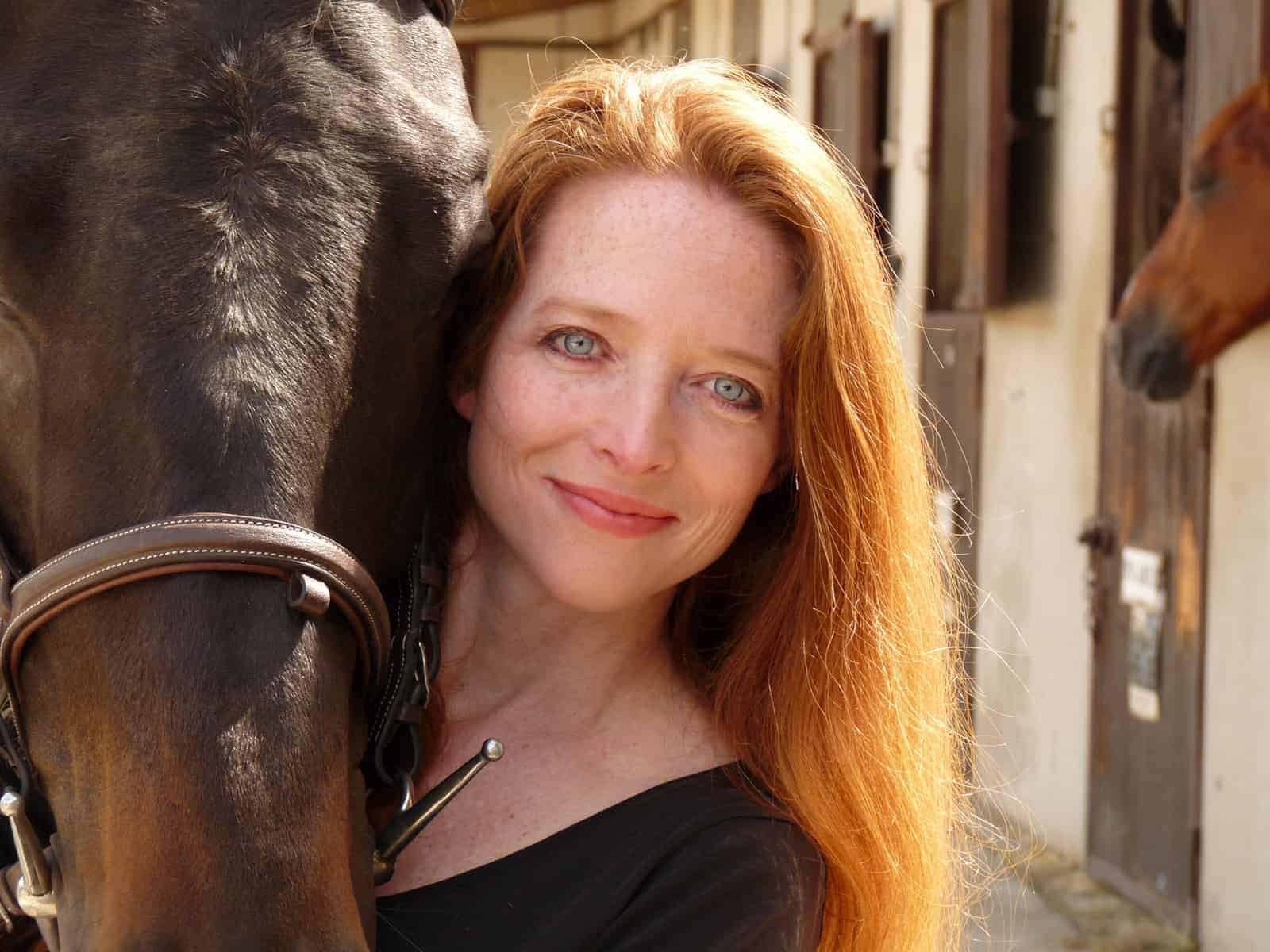Study: Spinal Column Anatomy Differs Between Breeds and Horses

While this variation isn’t likely to affect their basic health, it could hint at different capacities for certain kinds of movement and flexibility. If further research supports this theory, riders might need to consider that even horses within the same breed have different vertebral column structures that could affect their performance, said Tijn Jan Pieter Spoormakers, DVM, cert. ISELP, Dipl. ECVS, a veterinary surgeon in the Department of Clinical Sciences, Equine Division, of the Faculty of Veterinary Medicine at Utrecht University, in the Netherlands.
“You can imagine that certain differences—for example, in the number of vertebrae—could lead to a difference in range of motion of back movement,” Spoormakers said. “And maybe some horses are less flexible because of this and could therefore be less suited for the discipline they were bred for. But before we draw these conclusions, we need to do more research to prove this.”
Scanning Shetland, Warmblood, and Konik Spines
Scientists have known for decades that domesticated horses’ spines differ from those of Przewalski’s horses and that not all Thoroughbreds have the same backbone makeup in their lumbosacral areas. But researchers had never compared the full vertebral column anatomy across or within breeds.
So Spoormakers and his fellow researchers ran computed tomography (CT) scanning on the backbones of 77 fresh equine cadavers representing three breeds: Warmbloods (mostly Dutch Warmblood), Shetland ponies, and Konik (semi-feral) horses.
Only half the horses had the “commonly accepted formula” of 29 back vertebrae, made up of 18 thoracic, six lumbar, and five sacral vertebrae, Spoormakers said. Konik horses had this makeup more frequently, with 78% showing 29 vertebrae. Only 53% of Warmbloods and 38% of Shetland ponies had it. Some of the horses only had 28 vertebrae, and some had 19 ribbed vertebrae and asymmetrical rib cages, with fewer ribs on one side than the other.
In the neck, nearly half the Warmblood horses and a small percentage of Shetlands had anatomical differences in the spinal processes of C6 or C7. The Konik horses had no such variation, Spoormakers said.
The Greatly Varying Pony Spine
Ponies had the greatest spine variations, he said. Many had 30 vertebrae, with an extra one often in the sacral spine. Certain individuals had 17 ribbed vertebrae instead of 18. One individual had seven lumbar vertebrae instead of six. The scientists also noted considerably more variation in how and where certain vertebral joints stiffened or fused—as is typical in the lower back, the sacral area, said Spoormakers. In addition, they found bony openings such as incomplete fusion at L5 or spina bifida (closed with soft tissue).
“This historic breed, which is rather old, showed a high variety in the number of thoracic and lumbar vertebrae,” said Spoormakers, referring to the Shetlands in his study. “This was rather surprising because most of these small ponies with a comparable weight and height showed backs that had a ‘normal sum’ of 24 vertebrae (thoracic + lumbar vertebrae ). But some ponies had a total of 22, and some others had 26 vertebrae, without exterior clues.”
Individual Differences ‘Surprising,’ Possibly Breeding Byproducts
The number of horse-to-horse differences was unexpected, said Spoormakers.
“You would expect highly comparable characteristics within specific breeds, but there are large differences in basic anatomy—for example, the number of thoracic or lumbar vertebrae—and this is surprising,” he said.
The differences might arise as unintended side effects of selective breeding, as breeders aimed for certain traits without considering less obvious ones—like the number of vertebrae—Spoormakers said.
“I think it has to do with breeding,” he said. “Some breeds are selected for speed; some for jumping; and some more for their exterior characteristics. These selection criteria for certain traits do not consider all other traits, because some are difficult to assess in the living animal. And sometimes, if the primary goals for selection are met, others, conscious or unconscious, are taken for granted.”
Scientists have found similar trends in domestic dogs, with spinal anatomy differences across and within breeds, said Spoormakers.
“Further research is indicated (to determine) if and how these differences possibly bother or maybe help horses in their daily use,” he said.
The study, “A comparative study of breed differences in the anatomical configuration of the equine vertebral column, » was published by The Journal of Anatomy, on May 15, 2021.

Written by:
Christa Lesté-Lasserre, MA
Related Articles
Stay on top of the most recent Horse Health news with















